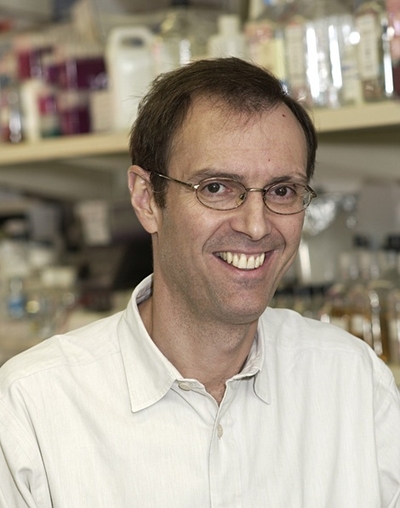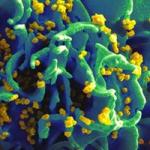
Henry L. Levin, Ph.D.
Senior Investigator
Section on Eukaryotic Transposable Elements
NICHD/DIR
Research Topics
Transposable elements were highly active throughout evolution resulting in genome landscapes dominated by sequence repeats. The regulatory sequences contained within transposable elements have been broadly dispersed to form gene regulatory networks important for many biological functions including development. Our current studies focus on the integration of transposable elements and how de novo insertion modifies host biology. Experimental systems include the LTR retrotransposon of fission yeast, HIV-1 in human cells, and L1 in human cells. Recent work also relies on the vast databases of human genetics to understand the role of transposable elements in neurologic and psychiatric disease.
Biography
Dr. Henry Levin is the head of the Section of Eukaryotic Transposable Elements. He received his PhD from University of California, Berkeley and then was a postdoctoral fellow at Johns Hopkins University with Jef Boeke. Dr. Levin’s studies on the LTR retrotransposons in fission yeast identified mechanistic details of particle formation, reverse transcription, and integration. This research led to innovative methods of DNA sequencing that revealed integration behavior of transposable elements. With these methods the laboratory demonstrated that transposable element integration in fission yeast occurs primarily at promoters resulting in altered gene expression. These sequencing methods were also applied to studies of HIV-1 and provided new insight into the integration behavior of HIV-1. In addition, Dr. Levin develops novel technologies that rely on transposable elements to characterize genetic function genome-wide. Dr. Levin has organized several conferences and symposia on transposon biology and retrovirus replication.
Selected Publications
- Ahn HW, Worman ZF, Lechsinska A, Payer LM, Wang T, Malik N, Li W, Burns KH, Nath A, Levin HL. Retrotransposon insertions associated with risk of neurologic and psychiatric diseases. EMBO Rep. 2023;24(1):e55197.
- Li F, Lee M, Esnault C, Wendover K, Guo Y, Atkins P, Zaratiegui M, Levin HL. Identification of an integrase-independent pathway of retrotransposition. Sci Adv. 2022;8(26):eabm9390.
- Lee SY, Hung S, Esnault C, Pathak R, Johnson KR, Bankole O, Yamashita A, Zhang H, Levin HL. Dense Transposon Integration Reveals Essential Cleavage and Polyadenylation Factors Promote Heterochromatin Formation. Cell Rep. 2020;30(8):2686-2698.e8.
- Esnault C, Lee M, Ham C, Levin HL. Transposable element insertions in fission yeast drive adaptation to environmental stress. Genome Res. 2019;29(1):85-95.
- Singh PK, Plumb MR, Ferris AL, Iben JR, Wu X, Fadel HJ, Luke BT, Esnault C, Poeschla EM, Hughes SH, Kvaratskhelia M, Levin HL. LEDGF/p75 interacts with mRNA splicing factors and targets HIV-1 integration to highly spliced genes. Genes Dev. 2015;29(21):2287-97.
Related Scientific Focus Areas



Microbiology and Infectious Diseases
View additional Principal Investigators in Microbiology and Infectious Diseases

Molecular Biology and Biochemistry
View additional Principal Investigators in Molecular Biology and Biochemistry
This page was last updated on Monday, November 25, 2024